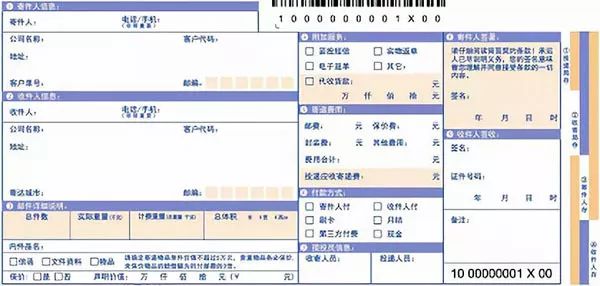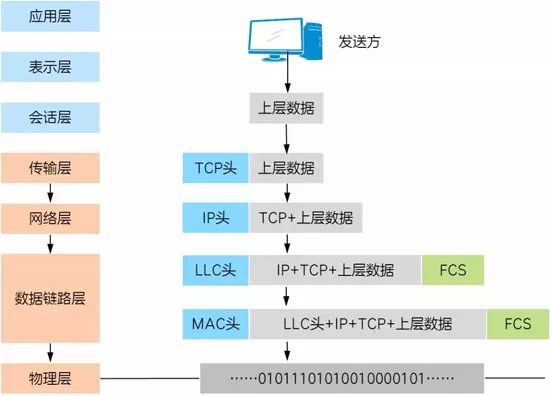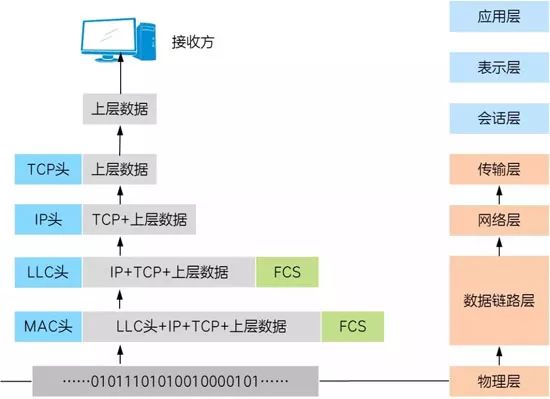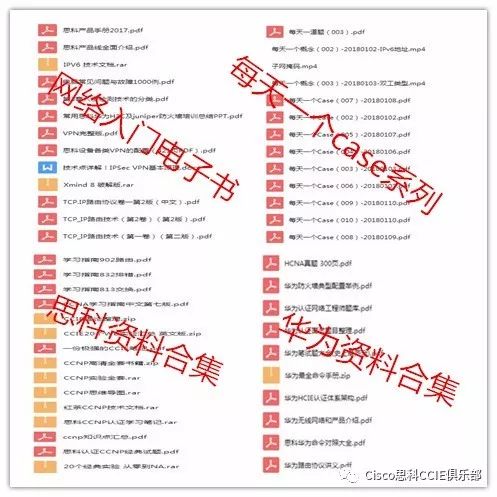In daily life, when shopping online or mailing an item, one must fill out both parties’ addresses, contact information, and whether insurance is needed, among other details. Additionally, the courier company may have other regulations that need to be included in the purchase and mailing details. The purpose of these actions is to ensure the reliability and accuracy of the mailing process.

Similarly, in communication networks, when data packets are transmitted between different devices using the network, they must be split and packaged in advance to ensure reliable and accurate delivery to the destination while efficiently utilizing transmission resources (transmission devices and lines).
Information such as the destination address, local address, and some error correction bytes are added to the data packets. When high security and reliability are required, encryption and other processing may also be performed.
The above operations are called data encapsulation, and the rules followed and negotiated by both parties during data packet processing are referred to as protocols. Compared to the mailing process, data packets are similar to items, while encapsulation is akin to filling out various mailing information, and protocols dictate how to fill out that information.
From the analysis above, it is clear that data packet encapsulation is quite complex: to achieve reliability, accuracy, and efficiency, many influencing factors must be considered, and targeted preventive measures must be taken.
In practical applications, data encapsulation in networking is layered by function, aiming to decompose complex systems into many modules that operate independently without affecting each other. Each module (layer) is connected and interacts through interfaces, providing services to one another. This not only makes it easier to implement functions but also gives the entire system good compatibility and scalability.
Taking the common OSI model as an example, it is divided into seven layers, from bottom to top: Physical Layer, Data Link Layer, Network Layer, Transport Layer, Session Layer, Presentation Layer, and Application Layer, with each layer corresponding to different functions. To achieve the corresponding functions, data is encapsulated with protocol headers and trailers according to the protocol of that layer, and the encapsulated data is then transmitted to the lower layer. The data encapsulation process of each layer is shown in the figure below.

Where:
-
At the Transport Layer, the TCP header indicates a connection with a specific application, and the data is encapsulated into segments.
-
At the Network Layer, the IP header indicates the network address of the connected device, and based on this information, network path selection can be made, encapsulating the data into packets.
-
At the Data Link Layer, the data is encapsulated into frames, and the MAC header provides the physical address of the device, along with data verification and other functional fields.
-
At the Physical Layer, the data frame is converted into a bit stream for transmission over the physical link.
The receiving end of the data starts from the Physical Layer and performs the reverse operation to that of the sending end, called “decapsulation,” as shown in the figure below, ultimately allowing the application layer program to obtain the data information, completing a one-way communication between two points.

It should be noted that the most widely used TCP/IP protocol can be seen as a simplification of the OSI protocol layers, divided into four layers: Network Access Layer, Internet Layer, Transport Layer, and Application Layer, with data encapsulation in each layer being similar to that of OSI.
Author: ZTE Document Source: ZTE Document
If you want to become a network engineer,
and quickly obtain Cisco/Huawei certification!
Please add WeChat: SPOTO123456
Or scan the code to contact the editor!

To facilitate a wide range of network enthusiasts, we have established QQ group – Cisco Huawei Resource Library Group 3 527798193 (Groups 1 and 2 are full), where a large number of network learning materials have been uploaded. We welcome network engineers to join the group for learning!

